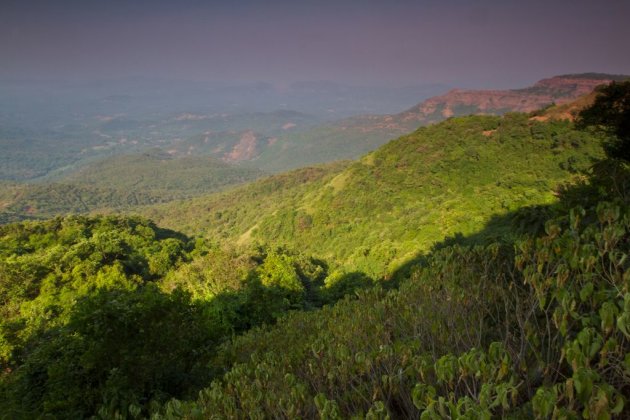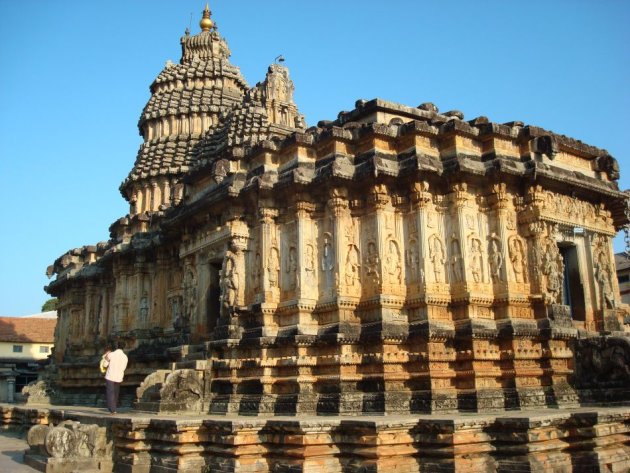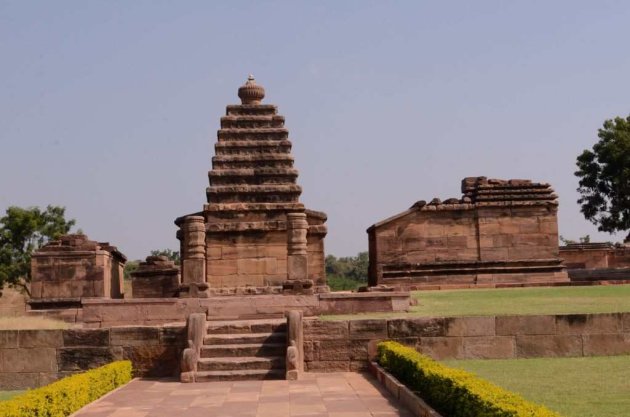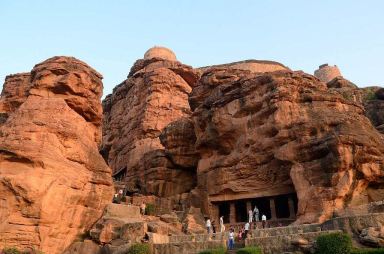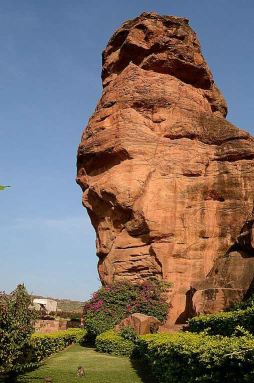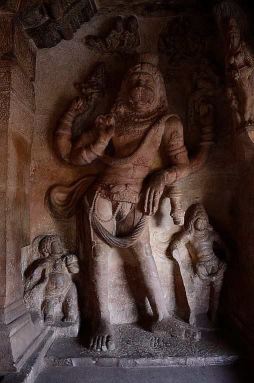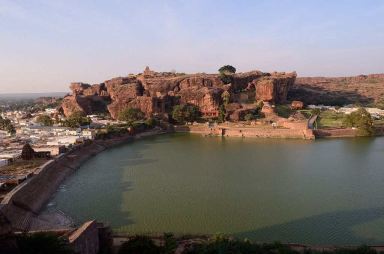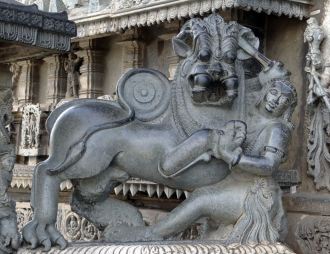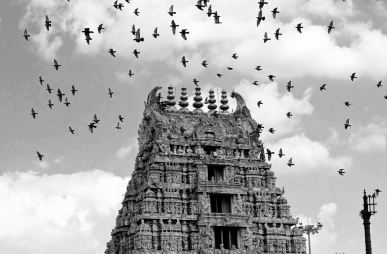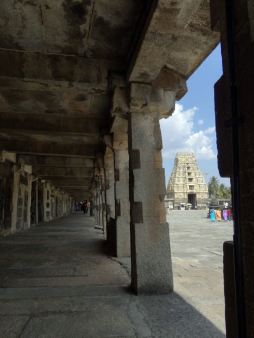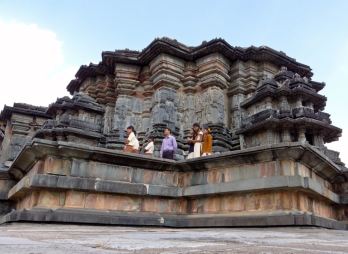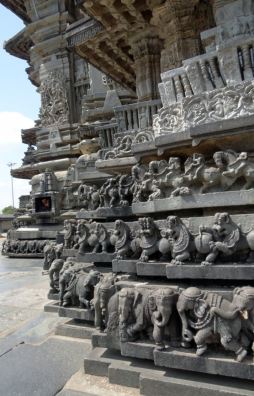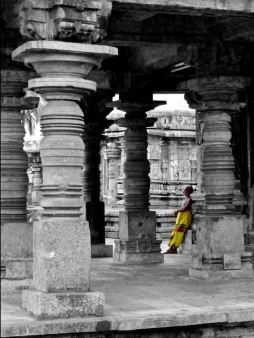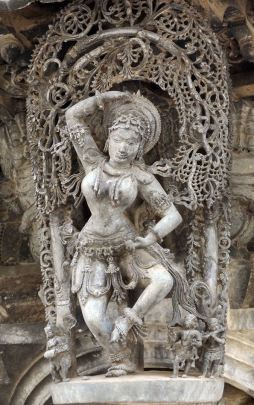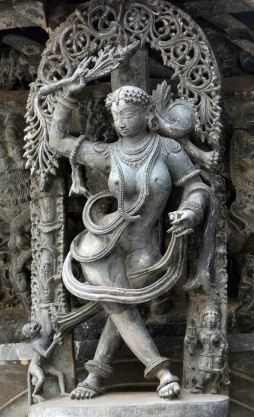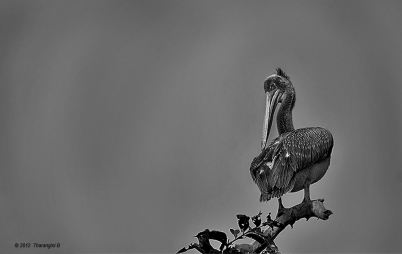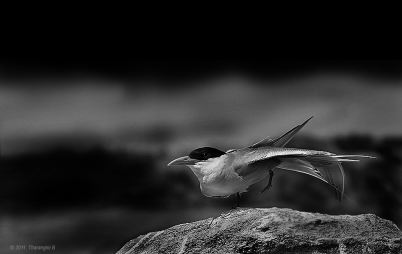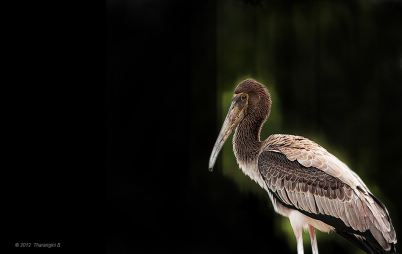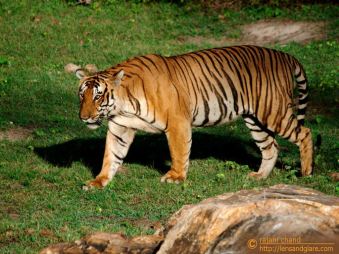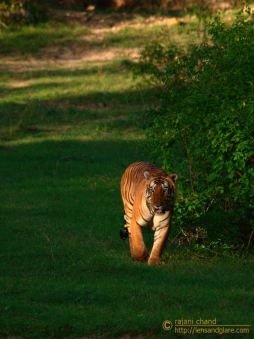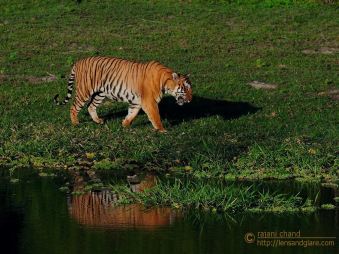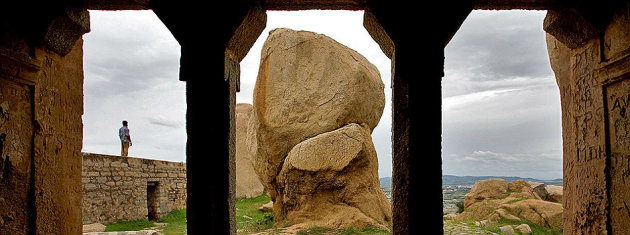Karnataka's richness of culture, architecture, natural resources and wildlife is reason enough to celebrate Karnataka Rajyotsava. Take a tour of some of Karnataka's iconic travel destinations.
November 1 marks 57 years since Karnataka achieved statehood. On November 1, 1956, all the Kannada-speaking regions of southern India, including Kodagu (Coorg) and the regions of Dakshina Kannada, were united. Every year, this historic anniversary is celebrated as Karnataka Rajyotsava. Though the state in itself is only 57 years old, the Kannada language has an antiquity of nearly two thousand years. With great pride, Kannadigas celebrate their language, culture and heritage, and the state government presents awards to distinguished sons and daughters of Karnataka in recognition of their achievements.
Karnataka's richness of culture, architecture, natural resources and wildlife is reason enough to celebrate Karnataka Rajyotsava. Take a tour of some of Karnataka's iconic travel destinations on Yahoo India Travel.
Agumbe - Crown Jewel of the Western Ghats
Karnataka's richness of culture, architecture, natural resources and wildlife is reason enough to celebrate Karnataka Rajyotsava. Take a tour of some of Karnataka's iconic travel destinations on Yahoo India Travel.
Agumbe - Crown Jewel of the Western Ghats
A Walk in the Park
A Garden City says it with flowering trees
“Trees are poems the earth writes upon the sky..." wrote poet Kahlil Gibran. Trees take little and give a lot. They are the heart, the limbs, the veins and the lungs of the ecosystem. As if they didn't have enough roles to play, they are also responsible for making every scene and scape beautiful. We are nothing without trees around us. Bangalore has always been known for its tree cover, but the words Bangalore and trees can't be used in the same sentence without a 'sigh'. Thousands of trees have been felled to make way for new roads and localities, the bane of a fast-developing city. However, for a brief time during January to May, the very trees our people gladly chop down give us an opportunity to feast our eyes on them, when they spurt the most beautiful and colorful flowers. A photo-feature on Bangalore's trees by RADHA RANGARAJAN. READ MORE >>
Sringeri - the confluence of religion and beauty
More than twelve centuries ago, Hindu seer and exponent of Advaita philosophy, Ādi Śaṅkarācārya had come to Sringeri. He saw an unusual sight on the banks of the Tunga that made him realize that this place was sacred. A cobra was seen spreading out its hood over a pregnant frog protecting it from the scorching sun. He was struck by the sanctity of the area which could bring two enemies together and infuse love between them. The acharya went on to establish his very first Mutt here and dedicated it to Goddess Saraswati, writes LAKSHMI SHARATH. READ MORE >>
The Best View of the Mysore Dasara
There are many ways to enjoy the celebrated Mysore Dasara. You could switch on the television and let it play while you tuck into platefuls of whatever it is you are noshing. Or you could stand in long lines pushing at the gates of the palace and buy a ticket (in black) for Rs 2,500. Or you could jostle with bystanders and push your way to the front of the barricade, a task that requires serious muscle, thick skin and unfathomable unctuousness. Or you could pass off as a relative of a VIP, but good luck with that. Having tried some (if not all) of the above, AZHAR MOHAMED ALI discovered quite by chance that the most panoramic view of the procession was from a considerable height. So he shinnied up an avenue tree like many other spectators and shot this gallery. READ MORE>>
Mysore: A Dasara Diary
Dasara in Mysore is not just a festival. It is a royal event, revealed by these vignettes from a traveler’s diary, reveals LAKSHMI SHARATH. READ MORE>>
Awestruck in Aihole
One of India’s most ancient towns and a cradle of temple architecture, this city of the Chalukyas was once known for its commercial significance and monuments. LAKSHMI SHARATH visits Aihole and has a tough time picking just a handful of temples from the 125 monuments that dot this landscape. READ MORE >>
Badami – Where Gods Abide in Caves
The emerald-green Agasthya Lake sparkles in the evening light, surrounded by a glowing sandstone outcrop that was once the capital of the Chalukya rulers. This town, which once answered to the name of Vatapi, was built back in the 6th century. Today we know it as Badami, and it is named after the ruddy colour of the rocky cliffs here. Join LAKSHMI SHARATH on a visual tour of the spectacular rock-cut caves of Badami in Karnataka's Bagalkot district. READ MORE >>
Mosques, mahals and mausoleums in Bijapur
Walking around Bijapur is like traversing a historic route. There is more to it than the monumental Gol Gumbaz, the symbol of the town. The ‘Palmyra of the Deccan, as the town was known, is filled with monuments that took traveller LAKSHMI SHARATH on a trail of the Adil Shahi dynasty.READ MORE >>
The hidden Hoysala temples of Marale and Mosale
Some of India’s best kept secrets cannot be found on a map. Tucked away inside golden fields with lotus ponds surrounding them are small, little-known ancient temples that are steeped in history. Marale and Mosale are two such. READ MORE >>
Halebeedu - the crown jewel of Hoysala temples
The name Halebeedu means ruined city, a coinage that took effect after the capital of the Hoysala empire was sacked by the Mughal sultanate twice. Its original name was Dwarasamudra and the temple here is considered the crowning glory of Hoysala architecture. Enjoy this photo-essay byANANTH V RAO. READ MORE>>
Magnificent Belur - Poetry in soapstone
Belur, 40 km from Hassan city and 220 km from Bangalore, is in Hassan district of Karnataka state, India. The Chennakeshava temple was built by the Hoysalas under the rule of King Vishnuvardhana in 1117 CE. The deity of this temple is lord Vishnu and the word 'Chennakeshava' literally translates to ‘Handsome Vishnu’. Within the temple complex, the Chennakeshava temple is in the centre, facing east, flanked by Kappe Channigaraya temple on its right, and a small Sowmyanayaki temple set slightly back. On its left, set slightly back is the Ranganayaki temple. Two main Sthambhas (pillar) exist here. The pillar facing the main temple, the Garuda sthambha was erected in the Vijayanagara period while the pillar on the right, the Deepasthambha, dates from the Hoysala period. Enjoy this photo-essay by ANANTH V RAO. READ MORE>>
A day when the weather gods had stripped the sky of blues and replaced them with greys brings out the poet in nature photographer THARANGINI BALA. When the gods themselves had chosen monochrome, who were we mere mortals to defy it, she asks. Enjoy her poignant portrayal of the water birds of Ranganathittu, near Mysore. READ MORE>>
A wild safari in Bandipur
Bandipur, one of India’s finest tiger reserves, offers much to the discerning wildlife enthusiast. If you keep your senses on high alert and your camera at the ready, many are the precious opportunities that will come your way. Bandipur is about 80 km from Mysore (about 230 km from Bangalore). Accommodation is available at the forest guest houses inside the park as well as at the government-run Jungle Lodges and Resorts hotel just outside the park gates. Enjoy this photo-feature fromRAJANI CHAND. READ MORE >>
Magical Hampi - Blissfully lost in a time-warp
Hampi, the medieval capital of the Vijayanagara Empire (14th to 16th century AD), is now listed as a UNESCO World Heritage Site. Its boulder-strewn hills, stunning jewel-box temples and the Tungabhadra River that runs among them make Hampi spectacular. Stories abound in every nook and corner, making this land of ancient legends a photographer’s playbook. The little town attracts tourists in droves, and the fact that almost everything is in ruins doesn’t seem to matter at all; in fact, it only adds to Hampi’s charisma. Strolling through the ancient markets and temples can throw you in a time-warp, says photographer, traveler and wildlife enthusiast RADHA RANGARAJAN as she shares these telling images that tempt you to clamber onto the roof of a bus and head to Hampi.READ MORE>>
A cloudy day at Bellary Fort
Situated 300 km from Bangalore is the spectacular and historic Bellary Fort, which sits atop Ballari Gudda, otherwise known as the Fort Hill. During the Vijayanagara era this fort was built by Hanumappa Nayaka. In 1769, Hyder Ali of Mysore stormed the fort and occupied it. The fort was then renovated by a French engineer who, according to legend, was executed because he miscalculated its height, making it visible from a hill called Kumbara Gudda, and thus compromised its military location. The French engineer's grave can still be found at the east gate of the fort. The Bellary Fort is home to an Upper Fort or Fort Hill (constructed by Nayak) and a Lower Fort or Face Hill (constructed by Ali), symbolizing the two rulers. The only way to get to the Upper Fort is to navigate a rocky, winding path over boulders. This polygonal walled site has no garrison room. On the other hand, the lower fort is easily accessible from two gates from the western and eastern sides respectively. A Hanuman temple, the Kote Anjaneya Temple, is located at the eastern side of the fort. The lower fort housed barracks and arsenals. The British added their own structures in the Lower Fort including stores, a post office, a church, an orphanage and private homes. Today, one can find a number of public buildings and other institutions. AZHAR MOHAMED ALI spent a day among the ruins of the historic Bellary Fort in Karnataka, taking in their various moods. Enjoy this pictorial tour. MORE>>
Legends of Shiva – Gokarna and Murudeshwar
Between them, the beaches of Gokarna and Murudeshwar on Karnataka’s northern coast tell a tale of devotion and celestial intrigue. LAKSHMI SHARATH explores the secret. READ MORE>>
Between them, the beaches of Gokarna and Murudeshwar on Karnataka’s northern coast tell a tale of devotion and celestial intrigue. LAKSHMI SHARATH explores the secret. READ MORE>>
Karnataka’s spell-binding waterfalls
When the monsoon kicks into top gear, waterfalls reach the peak of their grandeur. The dry trickle of summer is long forgotten as these cascades gush with resurgent life and energise their surroundings as well as those who gaze upon their beauty. Many of the most captivating waterfalls, including some famous around the world, are in Karnataka, and many of these are located in the Western Ghats, recently declared a UNESCO World Heritage Site. Travel photographer SHIVAKUMAR L NARAYAN reveals nine of the most spectacular waterfalls in the state. ENJOY THE PHOTOS>>
Source: Yahoo!

